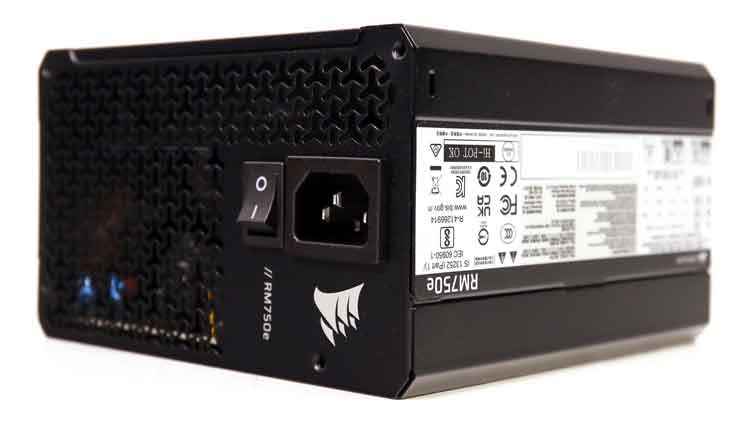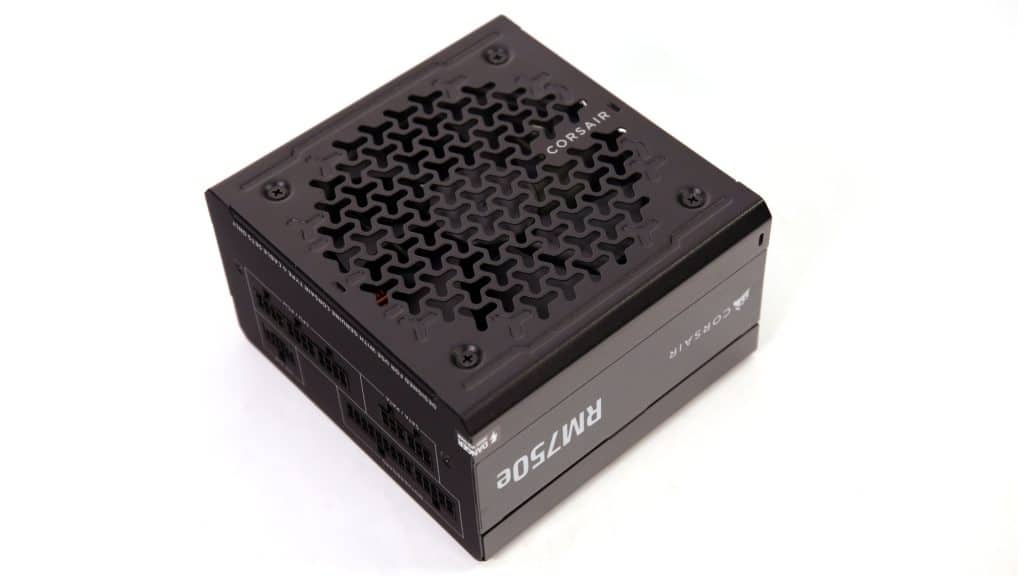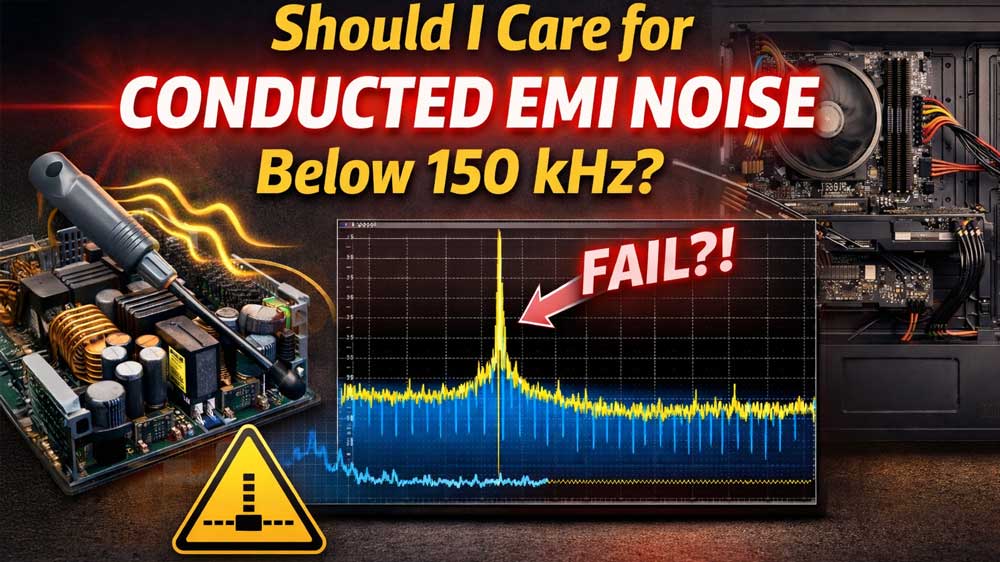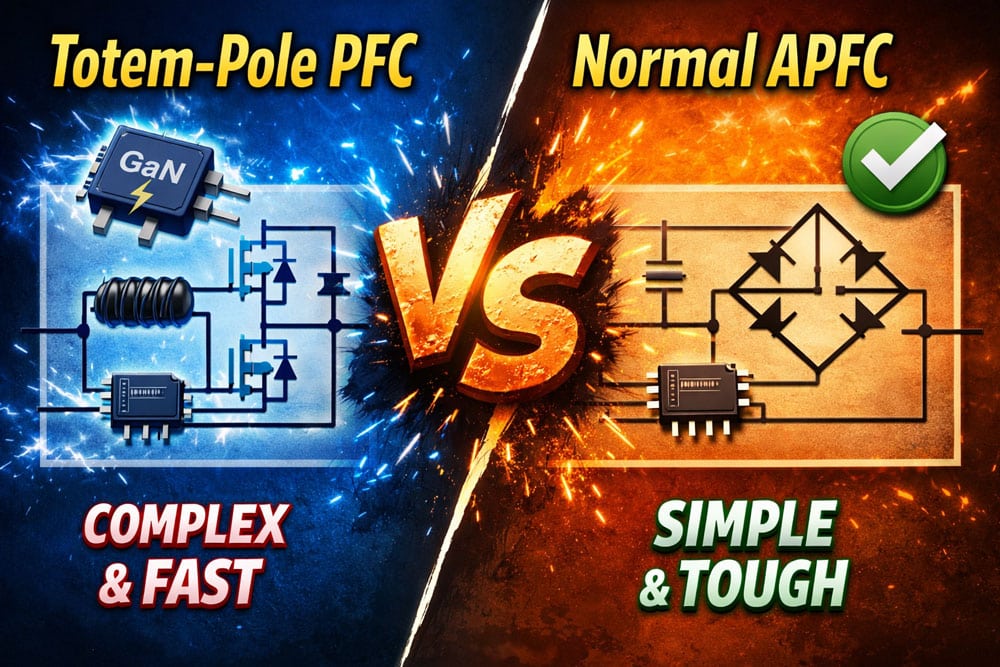Epilogue
The RM750e unit’s overall performance is notably lower than the new RM750x, which is the point here since the RMe line is below the RMx one. If you want my expert opinion, Corsair’s RMx line is among the best in today’s market, so if you want a PSU for the next 5-10 years, I suggest you don’t think of the extra cost and get an RMx ATX v3.1 PSU since besides increased performance you will also get low noise output and increased reliability. But since this review is for the RM750e, I must also devote some lines about it. I cannot say that the RM750e impressed me enough. It offers ATX v3.1 compatibility, is silent, and delivers full power without issues, even at high temperatures. Still, ripple suppression could be better at high loads, and the same goes for transient response in general, while the load regulation might be within 1% on all rails, but still it isn’t that extra-tight. The protection features, OCP at 12V and OPP, also need adjustments to have a longer gap between normal and high temperatures. Typically, a PSU is stressed way more under high temperatures, so it only makes sense to have lower OCP and OPP triggering points under stressful conditions than normal operating (temperature) conditions.
For those concerned about NVIDIA’s new RTX 5070 and 5070 Ti graphics cards, if you don’t go wild with the processor (CPU) and its operation profile, the RM750e (ATX v3.1) will handle them just fine. But you should always consider the CPU’s power consumption because, for example, an Intel Core Ultra 9 Processor 285 has close to 450W sustained power consumption with an Extreme Performance profile applied!
Before investing in a new power supply, read my Best ATX v3.x PSUs article to check all alternative PSU offerings. You help me a lot by using my affiliate links, which don’t increase the product’s price. I get a commission from Amazon every time you do it, which can make a difference for me, especially now that I am on my own, working exclusively for my media and not for someone else.
- Delivered full power at 47°C
- Quiet operation
- Cybenetics Platinum Certified
- Efficient 5VSB rail
- Within 1% load regulation on the primary rails
- Good ripple suppression at 230V
- Low vampire power at 115V
- Good soldering quality
- Good quality rifle-bearing fan
- Alternative Low Power Mode (ALPM) compatible
- Not competitive MSRP
- High inrush currents
- Mediocre ripple suppression at 115V
- Lower than 70% efficiency with a 2% load
- Mediocre transient response
- Protection features need adjustments




Hmm good to see I could have bought a much better PSU then this one for €100 which I think is way too much for a PSU of this type. In a hurry so much I thought this was the successor of the RM750X especially because it’s ATX 3.1 and that suddenly matters now that it’s coming out that PSU suppliers did not produce PSU’s that were up to specs. I say buy the cheaper ones because PSU manufacturers stopped caring about airflow in the PSU’s, something that was unthinkable years back.
Switching PSU’s need airflow/cooling when more then 150w needs to be supplied period. A spinning fan is the only thing that can supply airflow because convection cooling (like in amplifiers) is not possible in an ATX PSU. You could place the ATX PSU outside of the system and put a spinning fan on top of it. I do that. That’s the ONLY solution but that will not happen because folks adore especially the looks of the systems they’ve build and worship every part of it. Sleep well PC lovers knowing your overheated PSU will die while it has the potential to take every electronic part of the computer it feeds with it and more…..
I’ve seen switching PSU’s in copying machines die with a bang loud as loud as an illegal fire cracker. Faulty firmware overloaded the high capacity condensator to the point of explosion. Short them while bulging, and being overloaded, and the aluminum shell can punch a crack in the wall or take out an eye. That’s the amount of power they hold. Those PSU’s are six times the size of the ATX PSU board that feeds a PC. They have LARGE and heavy heat sinks for the power transistors. An office building that burns down because of them makes the news big time. It won’t happen because these PSU have been produced with safety in mind.
The PSU in your gaming PC on the other hand produces the same amount of power, have tiny, mini sized, heat sinks and no spinning or a too slow spinning fan so it overheats. Meanwhile the PSU manufacturers expect you to use their garbage for 10 years. That’s how much they care about your house. And that’s why it might be safer to buy a “moderate quality” (because the expensive ATX PSU’s have no better safety profile) and replace the dangerous thing within 5 years especially when the PSU stays on all the time. Those who do the latter should at least pull the power cord when leaving home.